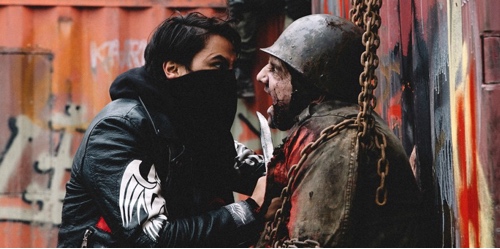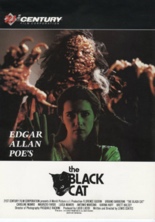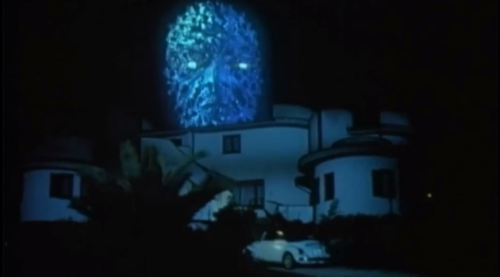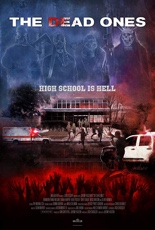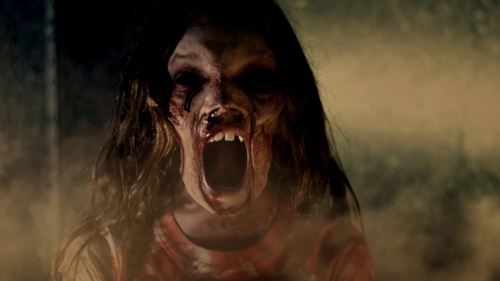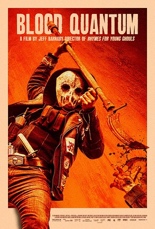
 Many times in many horror films, whenever an Indigenous person is introduced, it’s typically because they can offer the always-white leads some sort of supernatural hokum to help defeat whatever spiritual evil is onscreen, typically leading to their mostly unceremonious and largely forgotten deaths.
Many times in many horror films, whenever an Indigenous person is introduced, it’s typically because they can offer the always-white leads some sort of supernatural hokum to help defeat whatever spiritual evil is onscreen, typically leading to their mostly unceremonious and largely forgotten deaths.
The made-for-Shudder flick Blood Quantum, however, sends those tired stereotypes straight to hell with a Native-made and Native-cast zombie flick that, for once, actually puts Indigenous people in the heroic roles and Caucasians in their real-life historical contexts as colonial terrorists and cowardly opportunists.
Sometime in the early 1980s on the Red Crow Reservation in Quebec, a fisherman’s catch of the day just won’t die, the constant flopping around the beginnings of an undead outbreak that, months later, has become a nationwide epidemic that, thank God, can’t kill Natives due to their strong Indigenous blood — at least that’s what’s implied.
As more and more whites come to the reservation for their protection, so do their freshly bitten. With even their best efforts to maintain some semblance of control, a mass infection eventually runs — or, rather, shuffles — rampant on the rez, with fresh Caucasian zombies wreaking havoc as Red Crow warriors armed with shotguns, machetes and even a chainsaw do their best to contain it.
They fail. I can’t be the only person to see the historical parallels, can I?
Though there are a few moments when the movie is slightly hampered by an obviously low budget, Blood Quantum still makes for an effective chiller, in large part to the casting of Michael Greyeyes, Elle-Máijá Tailfeathers and Forrest Goodluck, as well as Indigenous director Jeff Barnaby for having the absolute resilience and terrifying skill to finally make a Native horror flick and get it fucking right.
(As for the title, in case you’re not Native, it’s the percentage the white government uses to measure and determine the amount of one’s Indigenous ancestry and heritage.) —Louis Fowler

